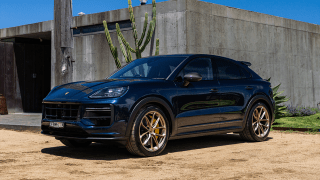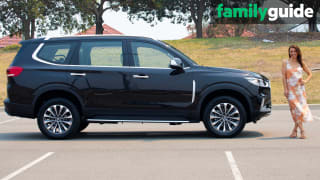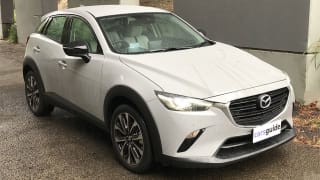Bugatti's first car, the so-called Pur Sang (thoroughbred) produced in 1909 weighed just 365kg. In the French Grand Prix of 1911, the first big race for Bugatti, his tiny Type 13 – a modified version of the Pur Sang - finished in second place.
But conversely, for all their bird-like weight and clever engineering, Bugatti's cars had terrifyingly bad brakes, the Frenchman famously claiming that he made his cars "to go, not to stop".
In the blinkered quest for speed above all else, it seems not even the smartest engineers were that smart after all.
Battery-powered electric cars were around long before Bugatti began tinkering in his workshop and yet even from the earliest efforts, it was the weight of the batteries which hampered their performance.
When the bravest of pilotes were winding up their lead-acid battery-powered, torpedo-bodied electric cars to achieve speed records beyond 100km/h around the turn of the 20th century, it's well documented that another vehicle technology race had already started in which internal combustion would leave batteries well behind.
Just as Bugatti identified all those years ago, the great quandary of physics is that vehicle mass is a significant impediment to acceleration. Not necessarily to top speed, of course, because that's where aerodynamic efficiency and a range of other important factors come into play.
But heavy things are always harder to move and as battery tech marched onwards, this physical constant became ever more influential in defining the most efficient of modern zero-emission vehicles.
The rechargeable lithium-ion battery was the game changer for the viability of battery power as a motive power source, this tech first produced commercially in the early 1990s.
Yet Lithium-ion, although lighter, was so new and relatively untested back then that when General Motors committed to producing the world's first mass-produced, purpose-designed EV for the modern era – the 1996 EV1 – the world's biggest car company bowed to convention and went with old battery tech: lead acid.
So in a lesson well learned, technical orthodoxy consigned the most advanced zero-emissions car of its time to the dustbin of history.
Fast-forward two decades and lithium-ion batteries are now the accepted and almost universally used battery technology by the world's motor manufacturers, some in a dedicated form (BEV, or battery-electric vehicle), some in on-the-move rechargeable form (HEV, or hybrid electric vehicle) and some which cleverly span both technologies (PHEV, or plug-in hybrid electric vehicle).
The purists, backed by no stronger proponent than billionaire businessman Elon Musk whose Tesla tweets from the mount have his followers in rapturous supplication, argue that dedicated battery electric is the idealised form.
If weight-obsessed Bugatti was around today, he would most likely argue differently.
Mass, performance, consumer cost and driving range is a never more finely balanced equation than in a dedicated battery EV. Add more battery capacity to increase range, and mass rises along with cost.
What results is hugely expensive, very heavy battery electric cars which even when endowed with a slightly longer range, are still "chained" to the charging network. When exhausted of their on-board charge, they are as helpless as babies.
Just as bridging technologies are accepted in the staged and correctly careful march toward full vehicle "driverless" autonomy, so too a growing number of vehicle owners are recognising that "best of both worlds" technology – internal combustion (ICE) and battery - better suits current everyday needs.
In accepting the ICE still has an important role, that "best of" scenario should see it perform not one role but two: as a vehicular motivator when needed and an electrical generator for an onboard battery.
Bridging the gap further toward zero emission running is achieved by adding an external charging capability for the onboard battery then coupling it to a clever powertrain and a multistage regenerative braking system so efficiency-focused that, depending on everyday driving needs, as much as 90 per cent of usage is on battery power alone.
Plug in the latest generation Mitsubishi Outlander Plug-in Hybrid EV, for instance, to receive a recharge free via a rooftop solar array or at low cost from an off-peak overnight grid feed, and the 84km range on offer from the 20kW battery is as much range as most motorists need for a daily commute, all with zero emissions.
But when the beach or the mountains beckon on weekends, there's no need to hunt for a recharging station en route or even worse, get caught in a charging queue with the dedicated battery electrics. As the Mitsubishi battery recharger is on board, a potential Outlander Plug-in Hybrid EV range of 850+ kilometres is readily accessible via ICE and stored energy.
So it's never a bridge too far.




.png)




Comments